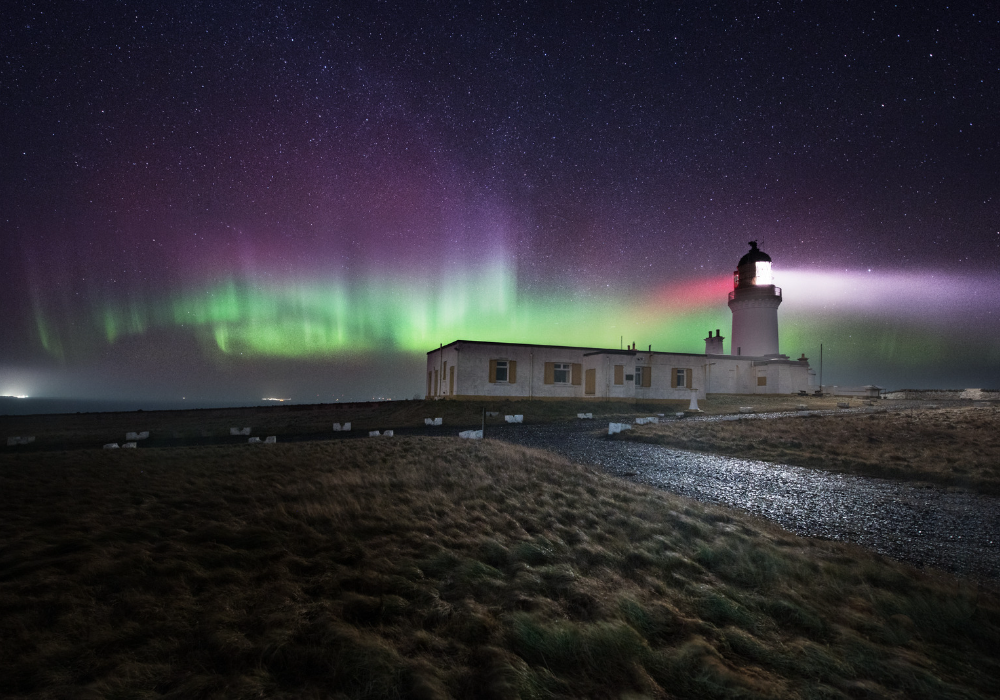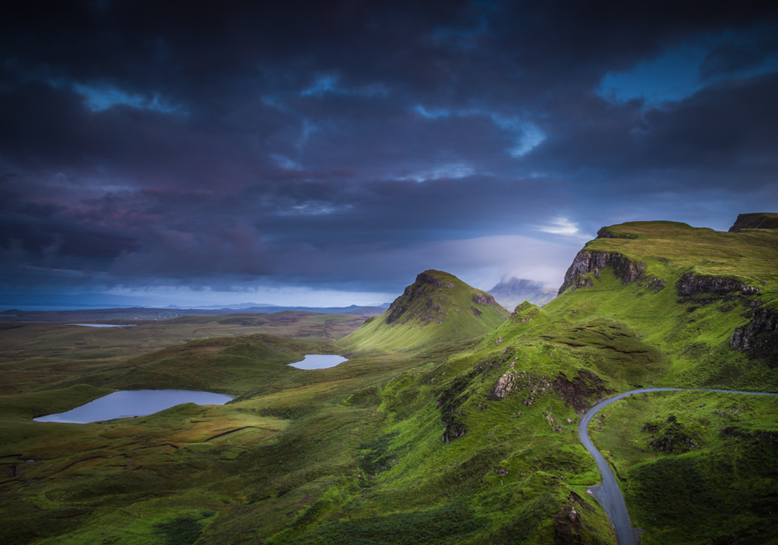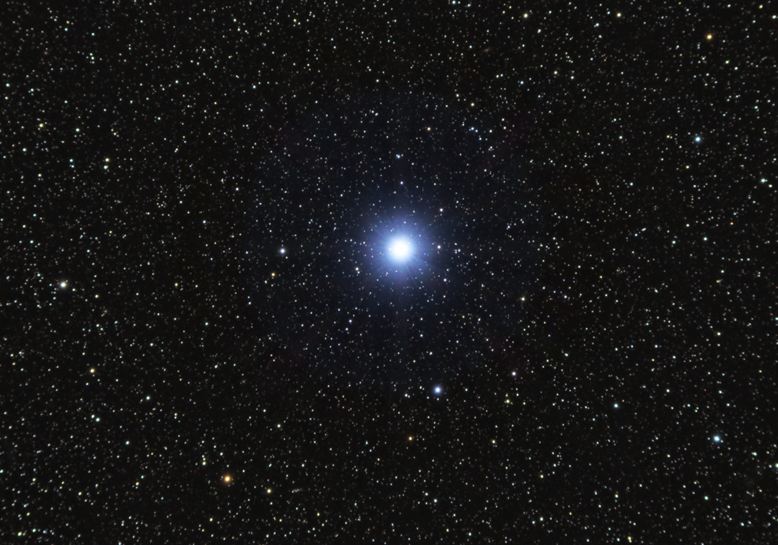Dark Skies in Scotland

The Milky Way is a stunning sight in the night sky. The countless twinkling stars, with varying colours and intensities, make it a mesmerising sight that reminds us of the vastness of the universe.
In particular, it is a dream of so many to experience the beauty of the breathtaking cosmic phenomenon, the Northern Lights, also known as the Aurora Borealis.
Although the Northern Lights are traditionally associated with Arctic regions, Scotland also offers a unique opportunity to witness the captivating phenomenon. With its rugged landscapes, remote locations, and dark skies, Scotland presents an excellent chance to see the vibrant colours dance across the night sky creating a mesmerising display.
As the Northern Lights are a natural phenomenon, their appearance can be unpredictable. However, by choosing the right time and location, staying patient, and being prepared, you can greatly increase your chances of fulfilling your dream to see the Northern Lights.
When is the best time to see Northern Lights in Scotland?
To maximise your chances of seeing the Northern Lights in Scotland, it is very important to choose the right time.
Usually, the best period to embark on your aurora adventure is during the winter months, from September to March, when the nights are longer and darker. However, you also need a clear night with no cloud cover and little moonlight.
You can keep an eye on Aurora forecasts and space weather websites, such as Met Office or the AuroraWatch UK app, which provides information on geomagnetic storms and solar activity within the UK.

Where in Scotland can you see the Northern Lights?
In Scotland, the northern regions, including the Scottish Highlands and the Shetland Isles, offer optimal conditions due to their proximity to the Arctic Circle.
However, you can also escape to remote areas with minimal light pollution. Here are some of the best places to see stars at night in Scotland:
- Galloway Forest Park: Located in southwest Scotland, Galloway Forest Park is the first designated Dark Sky Park in the UK. It offers exceptionally dark skies and has several stargazing viewpoints and visitor centres.
- Isle of Skye: This picturesque island on the west coast of Scotland offers stunning landscapes and relatively low light pollution. Areas such as the Quiraing and the Fairy Pools provide fantastic spots for stargazing.
- Cairngorms National Park: Situated in the heart of the Scottish Highlands, Cairngorms National Park is the largest national park in the UK. Its remote location and vast expanses of wilderness make it an excellent place for stargazing.
- Isle of Coll: Known for its beautiful beaches and clear night skies, the Isle of Coll is located in the Inner Hebrides. It has minimal light pollution, making it an ideal destination for observing the stars. Coll Beach, a secluded beach on the Isle of Coll is a designated Dark Sky Discovery Site. Its beautiful sandy shore and dark skies make it a great place to observe the stars.
- Moffat: A small town in Dumfries and Galloway, Moffat has gained recognition as Scotland's first Dark Sky Town. It offers outstanding stargazing opportunities, with regular stargazing events and excellent facilities for visitors.
- Assynt, Sutherland: This remote region in the northwest Highlands of Scotland is sparsely populated and has minimal light pollution. The dramatic landscapes, including the iconic peaks of Suilven and Stac Pollaidh, provide a stunning backdrop for stargazing.
Online there are various dark sky maps, that pinpoint the unique locations that have low light pollution, and get glorious views of the magnificent milky way throughout the year. Including Dark Sky Discovery, Light Pollution Map and Go Stargazing.
How can I see the Northern Lights in Scotland?
Finding the Northern Lights requires patience and persistence. Understand that witnessing this natural phenomenon is not guaranteed. Plan for multiple nights or even a week-long trip to increase your opportunities. For somewhere to stay, make Crerar Hotels your hub and enjoy outdoor spa experiences, luxury rooms and award-winning dining at any of our Highland locations.
Our Glencoe and Ballater accommodations are, in particular, prime locations to see the Northern Lights. Here are some of the best places to see stars at night near our luxury hotels:
- Glen Tanar: a picturesque glen nestled within the Cairngorms National Park in Aberdeenshire, Scotland. With its idyllic scenery and a sense of seclusion, Glen Tanar offers a rejuvenating escape into nature.
- Corran Point: captivating coastal location on the Ardnamurchan Peninsula in the west Highlands of Scotland. Offers breathtaking views of Loch Linnhe and the towing peacocks of the surrounding mountains. An ideal spot to simply take in the scenery and stargaze at night.
- Sallachan Beach: a hidden gem located near Arisaig, on the stunning west coast of Scotland. Tucked away amidst rugged hills and overlooking the picturesque Sound of Arsaif, this secluded beach is a paradise for nature lovers and those seeking tranquillity.
Just remember, stay motivated, enjoy the beauty of Scotland’s landscapes, and embrace the journey itself, knowing that nature’s wonders unfold in their own time.

Stargazing tips
There is nothing more magical than experiencing the tranquillity of the rural Scottish surroundings, the crisp air, and the sense of wonder as the lights flicker and dance across the night sky.
Whilst you’re waiting for the Northern Lights to appear, scan the glorious night sky and see if you can spot some of the brightest consultations:
- Venus: brightest planet in the solar system, often visible shortly after sunset or before sunrise.
- Mars, Jupiter and Saturn: visible at certain times of the year, appearing as bright objects in the night sky.
- Polaris (The North Star): A significant star located very close to the North Pole, making it a reliable navigational guide. Visible throughout the year in Scotland and can be used as a guide or anchor to find constellations.
- Orion (The Hunter): most recognisable constellations. Its distinctive shape features three bright stars forming Orion’s Belt and a prominent star marking Orion’s shoulder. Most commonly seen in Winter months.
- Ursa Major (The Great Bear): Aka the Big Dipper. Contains seven stars that form a “bowl” and “handle” of the Big Dipper. Visible throughout the year in Scotland.
- Cassiopeia (The Queen): Resembles the shape of a “W” or “M”. Particularly prominent during autumn and winter months.
- Draco (The Dragon): winds its way around the North Star, shaped like a winding dragon. Best observed during the summer months.
To further your knowledge, download an augmented reality star gazing app that overlays the names and constellations on the night sky above you.
Here are some tips, and packing guides, to enhance your star-gazing sessions:
- Dress Appropriately: Nights can get chilly, even in the summer months. Dress in layers and wear warm clothing to stay comfortable during extended periods of stargazing.
- Use Red Lights: Avoid using white lights, as they can disrupt your night vision and take time to readjust. Red lights are less intrusive and help preserve your ability to see in the dark.
- Bring Binoculars or a Telescope: Binoculars or a small portable telescope can enhance your stargazing experience by allowing you to see more details of celestial objects such as planets, star clusters, and galaxies.
- Join Stargazing Events or Groups: Many areas have stargazing events, workshops, or astronomy societies where you can meet other enthusiasts, learn more about the night sky, and share experiences.
Start planning your North Lights quest
By planning your trip during the right season, choosing dark sky locations, monitoring weather conditions, and practising patience, you increase your chances of encountering this extraordinary phenomenon. Prepare your camera, dress warmly, and take time to appreciate the beauty of Scotland’s landscapes under the luminous display, creating lasting memories.
Why stop there? Make the most of Scotland’s stunning natural landscapes and discover some more of the most visible celestial objects and events that can be observed in Scotland:
- Meteor showers: The Perseids in August and the Geminids in December are particularly notable, producing a high frequency of shooting stars.
- Lunar Events: Scotland provides excellent visibility for observing various lunar events, such as lunar eclipses and supermoons. These events occur periodically and can be witnessed with the naked eye, usually during clear evenings when the Moon is at its fullest.
FAQs
How do you take a great picture of the Northern Lights?
Bring along a sturdy tripod, a wide-angle lens, and a DSLR or mirrorless camera capable of shooting long exposures. Experiment with different settings, such as low ISO values and longer shutter speeds, to capture vibrant colours.
How long do the Northern Lights typically last?
The duration can vary. They can appear for a few minutes or last several hours. It is important to be patient and allow sufficient time for the aurora to manifest.
Are there any organised Northern Lights tours in Scotland?
Yes, there are companies in Scotland that offer Northern Lights tours in Scotland. These tours provide knowledge guides, transportation to optimal locations, and expertise in maximising your chances of witnessing the aurora.
Can you see the Northern Lights with the naked eye, or do you need special equipment?
The Northern Lights are often visible to the naked eye, especially during strong displays. However, having a camera with manual settings can enhance your ability to capture the beauty of the aurora through long-exposure photography.
Can you see the Northern Lights in Edinburgh and other cities?
It is challenging, but not impossible, to see the Northern Lights from cities due to high levels of light pollution. In February 2023 there were several sightings of the Northern Lights in Scotland’s biggest cities. Although it is more likely you will catch a glimpse in remote locations.
Where is the best place to see stars in Scotland?
Scotland is a fantastic location to witness the captivating Northern Lights, also known as the Aurora Borealis. The Shetland Islands, Orkney Islands, Isle of Skye, Caithness and Sutherland and Aberdeenshire are some of the best places to catch a glimpse of the Nothern Lights.

